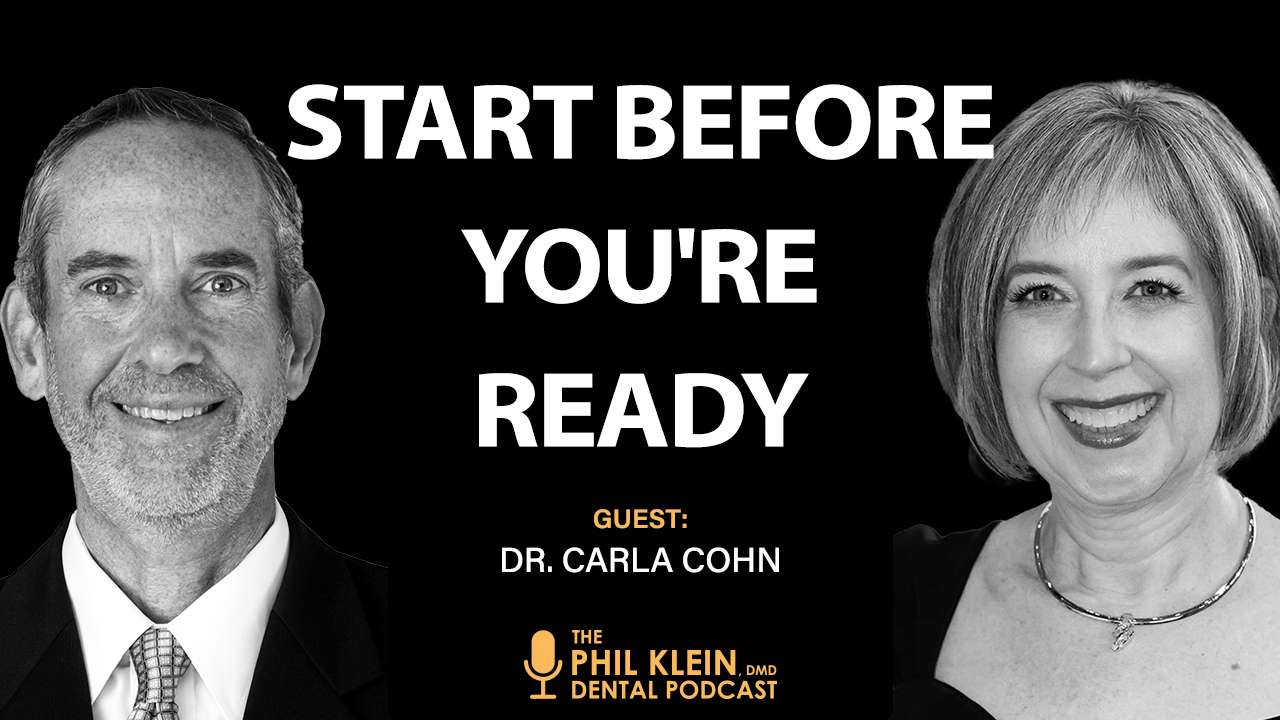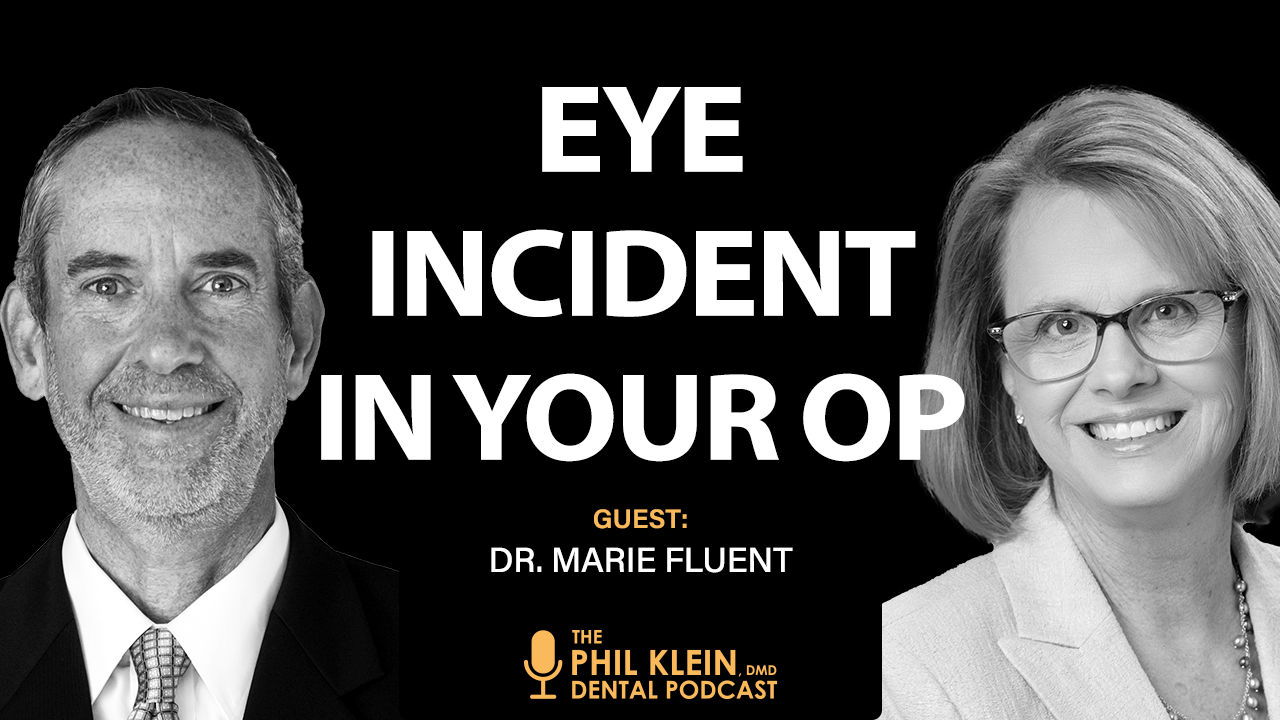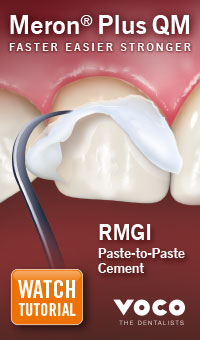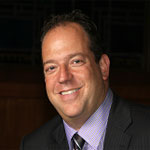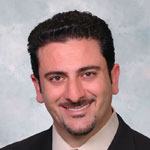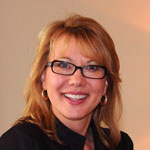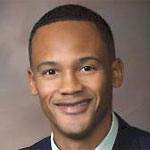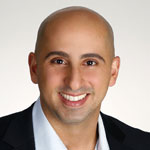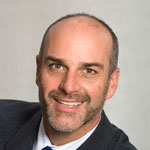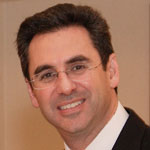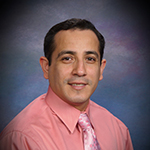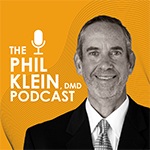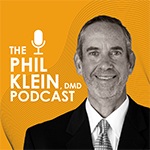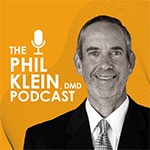What do you get when clinical excellence meets maximum efficiency? Aside from a practice full of very happy patients, you and I get to bulk up our profits. For the first time in dental history, the workhorse in our practice, the posterior composite, not only delivers beauty and function, it delivers savings in time and dollars. In this CE webinar, join us for the 411 on ROI and why today’s elite bulk fill composites are primed for profits.
Dental caries is a debilitating disease affecting many of our patients. Due to the complexity of the disease and the variety of influencing factors affecting disease presence and progression, caries remains our unsolved mystery. As a daily routine we have focused slightly on prevention but mostly on rehabilitating the affected dentition. In this CE webinar, join us as we discuss the ever changing concepts behind dental caries and show a clear and concise recipe for remineralization of white spot lesions. The technique alone will be applicable day one in your practice using a few novel materials and products.
This CE webinar will review the behind-the-scenes journey that dental instruments continuously take via the instrument processing pathway. Along this complex, continuous and cyclical journey, current standards, best practices, and methods of sterility assurance will be addressed. With attention to detail, dental personnel may maximize infection prevention goals and assure safe work environment for those involved in sterilization and disinfection tasks.
Warm gutta percha techniques have utilized ZOE based sealers for over 50 years. Up to this point the newer and more biocompatible bioceramic sealers have not been optimized for warm obturation. This CE webinar will discuss how to utilize a new heat tolerant pre-mixed bioceramic sealer with warm gutta percha techniques to allow for a dense 3-D and biologic fill. Learn how to prepare and place carriers, block surplus sealer and coronal down-packing techniques.
Upon completion of this evidence-based clinical CE webinar, the participant will:
• Know the CDC and EPA standards for dental unit waterline systems.
• Identify a process that fits the needs and is compatible with the practice dental units.
• Create a protocol that includes regular monitoring.
• Determine if the methods being utilized are successful
Some Dentists and dental teams have more new patients than they can schedule, while other practices are like a “ghost town”. Tune into this practical CE webinar to discover five myths about new patients that could be hurting your practice and costing you thousands. High performing dental teams understand that they must become expert communicators and leaders. Come learn the secrets that most successful practices are doing to keep their New Patients happy, and referring their friends.
In this CE webinar, we will cover the importance of smile design concepts to address esthetic challenges and how that approach can engage patients in the treatment planning and also enhance patient treatment acceptance, thereby increasing your dental business. The CE webinar will focus on how to create highly esthetic restorative treatment plans for teeth based on a patient’s desired smile using basic concepts behind smile architecture.
This CE webinar will review product development in the CAD/CAM resin-ceramic category. As the use of CAD/CAM continues to increase more materials and techniques will be introduced to further enhance the technology. The attendees will learn about how these products can boost productivity in the general practice. The properties of a new nano-hybrid material and cementation protocol to obtain the best long-term results will be discussed.
This CE webinar will provide the dental team with
• the necessary skills to shoot basic photographs for quick co-diagnosis, as well as pretreatment, treatment and post-treatment clinical angles required for documentation
• understanding how digital photography can enhance the communication and understanding of malocclusion
• knowledge of the ideal camera settings and the best way to capture the specific necessary images placement of retractors and use of
clinical mirrors
• uploading, basic image manipulation and file storage
Owning a successful dental practice isn’t easy and comes with a variety of challenges you never anticipated. Shying away from your leadership duties can hold you back. When dentists are educated on the business aspects of managing a dental practice, their practices are more successful. Learn tips to make you a more effective and confident CEO.
Because direct composites are placed frequently in every dental practice, it is imperative that we use techniques that improve both efficiency and outcomes. With the use of modern techniques and modern materials we can easily accomplish both. This CE webinar will help participants identify and utilize these materials and techniques with special emphasis on quick implementation strategies.
Anterior veneers can seem technically challenging and less predictable then full coverage. In this CE webinar we will discuss some clinical techniques to make veneers easy and predictable. Prep design can be a key to your success and we will look at some of the most important features. A technique for shrink wrap veneer provisionals will be presented that will make veneers easier than any other in direct procedures. Lastly we will look at some materials and techniques for easily seating anterior veneers.
In this CE webinar, we will go step-by-step in making durable, functional, and aesthetically pleasing crowns/bridges, while being efficient with our procedure time. Listed out, will be all of the materials, how they are used, and the manufacturer.
In this webinar we will share the unique advantages that pressable ceramics offer both the laboratory and surgery. The latest generation of ceramics offer a time and cost effective route to producing natural, life like restorations due to their unique workability, and followability which allows us to press much thinner structures and get more units per press while maintaining high strength structures with superior light transmission properties. This allows us to create a colour stable pressed structures which in many cases require minimal ceramic layering in turn allowing the technicians and surgeons to focus on the ever increasing patient demands for strong and stable restorations that look like their natural teeth.
Adhesives have both a benefit and beauty because they promote conservative dentistry in combination with esthetic restorative materials. This CE webinar will lend tips in navigating the decision making process to create “better bonds” by evaluating the presenting tooth structure, combined with material properties and their application. Essentially learn how to customize your adhesion for each clinical presentation.
In this informative and fun CE webinar, Dr. Chris Hoffpauir will share his own story of how dental imaging has played a part in building his practice. He will also give specifics on how he uses images from selected imaging equipment to tell his patients the story of their health status in a way that grabs their interest and increases their understanding. Dr. Hoffpauir will include 2D intraoral radiography and photography, as well as 3D cone beam, in this webinar.
This CE webinar will discuss the principles for creating predictable, aesthetic, and profitable dentures in 3 easy appointments. Important points that will be discussed: how understanding the steps results in less chair time and improved clinical predictability by removing complexity from the many variables of fabricating dentures. Without a system, dentures can be time consuming, unaesthetic, and non-profitable. Understanding the 3 easy steps will make dentures fun again!
Upon completion of this CE webinar, attendees will be able to:
• Be more confident in choosing the optimal hybrid material as the block of choice
• Perform immediate dentin sealing and understand techniques for luting the hybrid CAD/CAM restoration
• Create a lifelike restoration in less than 10 minutes by using light cure stain and glaze.
• Properly contour, polish, and finish an anterior restoration
If you have been to a dental meeting or opened a dental journal in the past 3 years, I am sure you have heard the “buzz” around Zirconia. The once opaque white material only used as a coping or on a full contour second molar has now found its way to the esthetic zone. What has changed and are all Zirconias the same? Not by a long shot. In this CE webinar, we will discuss all you need to know about dental Zirconia!
In this CE webinar, Dr. Lowe will discuss and demonstrate techniques to create morphologically precise and beautifully aesthetic direct anterior and posterior composite restorations. Simplifying placement without compromising restorative quality is the goal for all direct restorative procedures. The use of different aesthetic materials in combination with finishing techniques will enable simple, yet “world class” placement of state of the art restorations for your patients tomorrow!
Direct and Indirect dentistry both require the use of burs to accomplish the restorative end result. Decay removal, tooth reduction, contouring, finishing and polishing all use different burs and can balloon a practice’s inventory if not properly managed. Additionally, utilizing bur that are past their prime can reduce productivity and cause damaging stress to dental turbines, leading to expensive handpiece repair. This CE webinar will review the most common direct and indirect clinical procedures and the burs that are optimum for each procedure. Strategies for inventory control and reduction will be discussed.
Your team can’t be very effective if they don’t have clear goals or know what tasks they’re expected to complete each day. Learn why job descriptions give employees the guidance they need to excel in their roles, provide accountability and reduce staff conflict.
This CE webinar will introduce and familiarize the dental clinician in the philosophy of biologic dentistry in the design, application, and use of new composite and ceramic technologies. These offer maximum aesthetics and function to that patient while also providing high biocompatibility in chemistry, and minimizing the exposure potential of harmful volatile compounds (e.g., BPAs) that still exist in many alternative composite restorative materials.
In this CE webinar, the participant will learn the following
• When to attempt vital pulp therapy and when not to
• Choosing a bioactive material for direct vital pulp capping
• What the research says about the various direct pulp capping materials
In this CE webinar, Dr. Lester Appell will discuss how he has incorporated the latest in high-tech equipment to better diagnose dental disease, and how his patients have embraced new technologies, especially in the area of reliable caries detection. Join him as he examines the impact of high-level caries diagnostics on the practice and patients.
This CE webinar addresses several clinical scenarios focusing on the use of digital interaction to tackle challenges in the daily clinical work. Additionally, you will learn about the impact digital technology can help achieve case acceptance through patient engagement. Restorative, implant and esthetic therapies will be presented.
Implant dentistry can become overwhelming. There is a tremendous amount of information abroad yet often we find ourselves stuck in pathways leading to semi optimal results. This CE webinar will highlight some of the tips and tricks to take your implant practice to the next level achieving optimal results.
The Smart Scaling program provides an overview of ultrasonic scaling technologies, tools and techniques to enhance your everyday practice and measurably improve the patient experience so the patient returns for more frequent dental visits. Join me in this webinar which will show how promoting a lifetime of oral health starts with smart choices.
This CE webinar discusses micro-esthetic elements that matter most to patients and have the greatest esthetic impact. These elements are achieved with one tool, the Sof-Lex XT Disk, used for multiple functions to mill, sculpt, and add nuance to injection overmolded composite resin restorations. This allows for simplification of the clinical process and practical application and predictability in practice.









